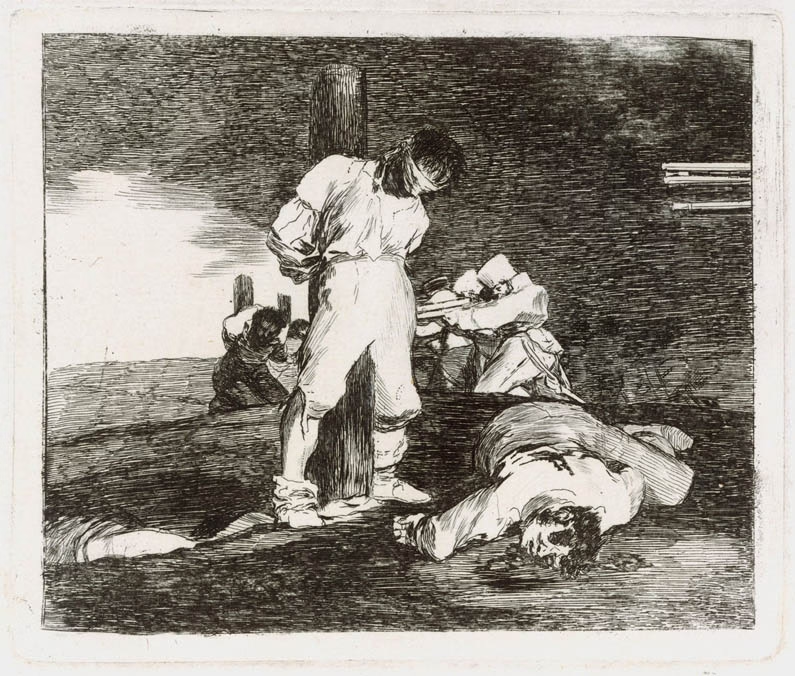The Grand Master’s Palace in Valletta, Malta, is now hosting a remarkable exhibition of Francisco Goya’s iconic “Disasters of War” prints. This powerful series of 82 etchings, created between 1810 and 1820, is a visual protest against the violence and brutality of war. Goya’s masterwork is a poignant reflection on the human cost of conflict, depicting scenes of atrocities, starvation, and humiliation with unflinching honesty.
The exhibition provides a rare opportunity to witness the artistic genius of Goya, who was deeply affected by the Peninsular War and the subsequent restoration of the Bourbon monarchy in Spain. His prints are a scathing critique of the violence and oppression that accompanied these events. Through his art, Goya gives voice to the victims of war, portraying the anonymous and the powerless, rather than the victorious and the powerful.
The “Disasters of War” series is divided into three thematic groups, reflecting the order of their creation. The first group focuses on the war and its consequences on individual soldiers and civilians. The second group records the effects of the famine that hit Madrid in 1811-1812. The final group is a commentary on the post-war Spanish politics and the disappointment of liberals when the restored Bourbon monarchy rejected the Spanish Constitution of 1812.
This exhibition is a must-see for anyone interested in art, history, and the human experience. Goya’s “Disasters of War” is a powerful reminder of the devastating consequences of conflict and the importance of promoting peace and understanding. The exhibition is on display at the Grand Master’s Palace until January 18, 2026.








